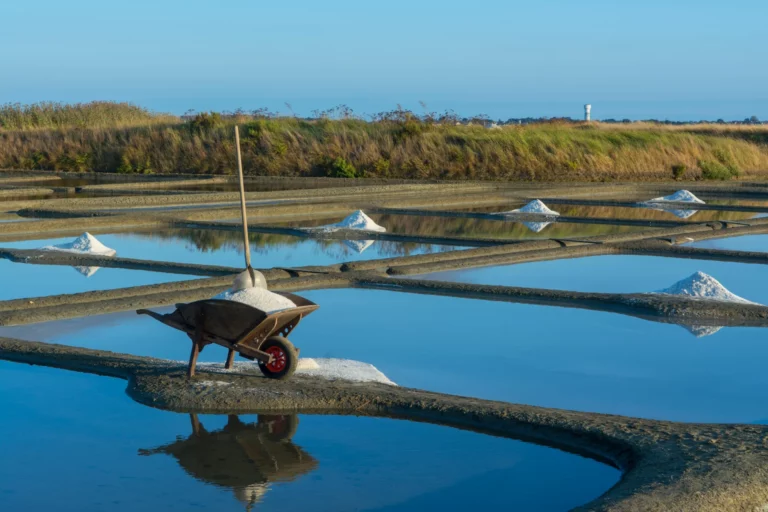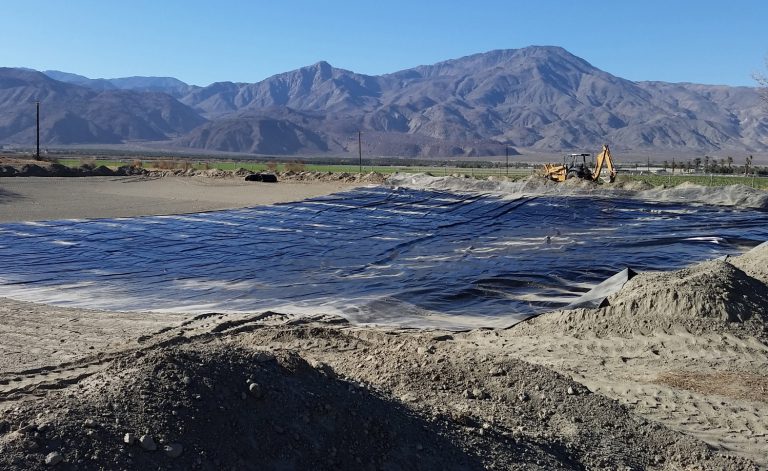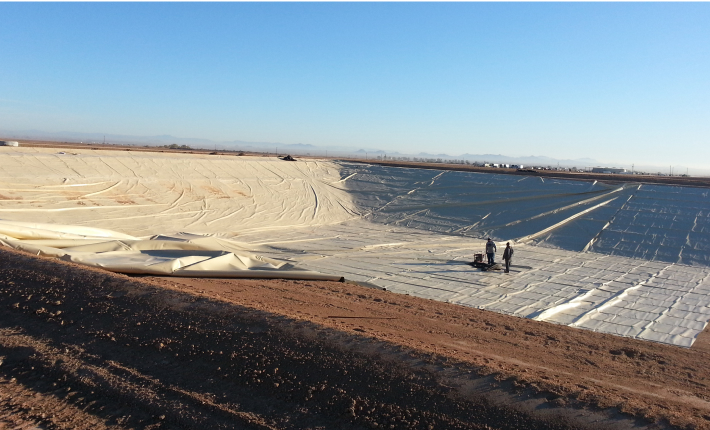Liner Blog

Salt Ponds: Evaporating Seawater For Salt
Salt evaporation ponds, also known as salt pans or salt flats, are human-made or naturally occurring shallow ponds designed for the production of salt through the…

What Fish Should You Stock In Your Farm Pond?
Currently there are more than two million farm ponds in the United States alone. Their popularity has several reasons, including ecological and practical ones. Farm ponds…

What Does a Pond Liner Cost?
Establishing the cost for a large pond liner requires more than simply choosing the cheapest material per square foot. All elements of the project need to…

Commercial Pond Liners
The function of large pond liners for commercial ponds calls for sophisticated liner materials, and this becomes increasingly important the larger the pond and the more…

Heavy Duty Pond Liners
The material best suited as a liner for a heavy duty pond project is not obvious unless the entire project is taken into account. Western Environmental…

Stormwater Retention Ponds
Stormwater retention ponds, or basins, exist to manage runoff water surges and hold them back from flooding or overburdening an area or a waterway system. These…

Why Weight and Thickness are Not the Final Specs for Geomembrane Liners
The best advice we can give to anyone contemplating a geomembrane pit or pond liner is to talk to us before writing the final project specifications….

Costs to Consider with Every Pond Liner Project
Every pond liner project is potentially unique and should be treated as such. Even though there are commonly accepted standards to use as benchmarks for specifications,…

Installation Tips and Pitfalls with Pond Liners
While the engineering specifications for any size and use of a pond can be determined from multiple reference sources, one thing that can’t be established in…

Why RPE is Often Better than HDPE for Pond Liners
There are many types and purposes of ponds, but the one characteristic in common is that they shouldn’t leak – and that’s down to the pond…
Get a Free Liner Quote!
over 10,000 square feet
Available
150,000 Square Feet
Over 30 Years Experience

